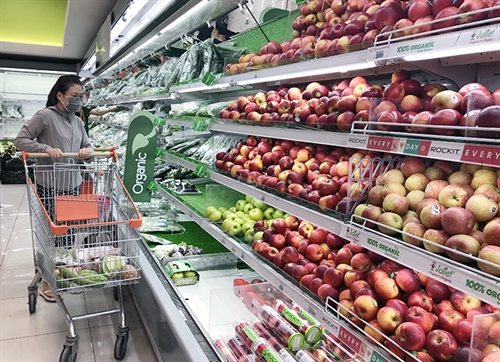Land price frames would be abandoned and localities would be vested with the power to formulate land price tables every year, according to a draft Land Law (revised) recently revealed by the Ministry of Natural Resources and Environment.
Alongside 36 completely new articles, the 237-article draft law retains 48 articles of the 2013 Land Law while revising 153 others and annulling eight ones.
Under the draft, land price tables would be formulated based on normal land prices in the market as well as land price fluctuations, instead of the Government’s land price frames as currently. Provincial-level People’s Committees would formulate and submit the land price tables and land price adjustment coefficients to the People’s Councils of the same level for review before promulgation. Such tables would be promulgated once every year on January 1.
The draft law introduces an important change in land allocation and land lease. Accordingly, competent authorities would decide to allocate or lease land based on results of auction of land use rights or bidding to select investors to implement land-using projects. For cases of failure or impossibility to hold auction or bidding, land allocation or lease would be decided based on annual district-level land use plans, competent agencies’ appraisal of land use demands or decisions on approval of investment projects, for those funded by the state budget.
Particularly, Article 63 of the draft specifies 10 cases of exception in which land might be allocated or leased not through auction or bidding. In all other cases, auction of land use rights and bidding for land-using projects would be required.
Another salient point of the draft is the formation of an agricultural land bank, which would be organized in the form of a state enterprise established by the Government and operating under the enterprise law. The bank would create an agricultural land fund through hiring land use rights, acquiring land use rights from rights holders, and taking agricultural land use rights on consignment, and lease or sub-lease such land to investors for agricultural production.
The agricultural land bank would operate as a not-for-profit enterprise, have its solvency guaranteed by the State and be exempt from taxes and other payments to the state budget.- (VLLF)









